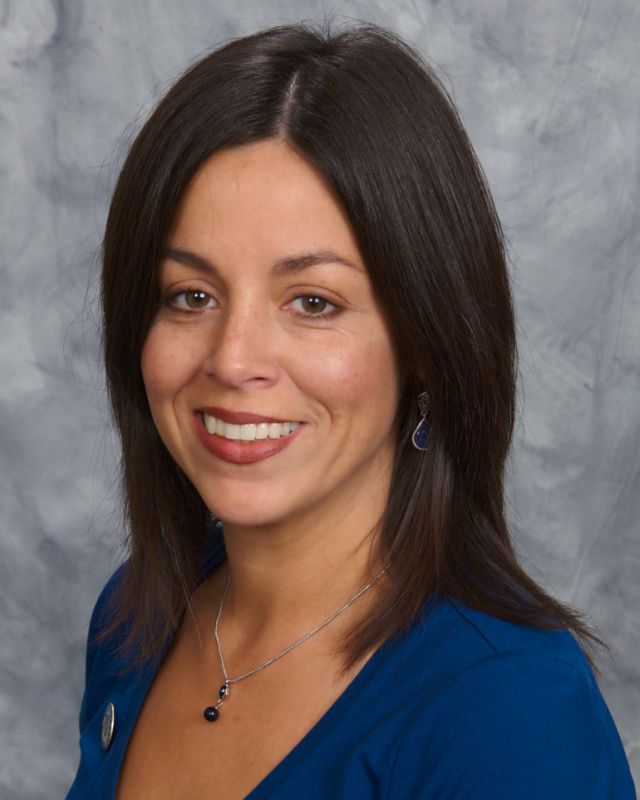
Growing up, it’s what Cindy Estrada did outside of school that helped her nurture a passion for teaching. Her grandparents stories about their work on farms and inside the factories of Detroit also guided Estrada into the labor movement.
After graduating from the University of Michigan with a bachelor’s degree in education, Estrada began organizing unorganized workers across the country and in Michigan. In 1995, she was assigned to lead an organizing drive at Mexican Industries in southwest Detroit. The campaign was one of the largest for Spanish-speaking manufacturing workers.
That win, along with other UAW organizing successes, led to Estrada’s appointment to the International Union, UAW staff in 2000. Six years later she was promoted to a top administrative position, overseeing development of the UAW’s organizing strategy, later rising to become the UAW’s national organizing director.
In 2010, after the election to her first term as International UAW vice president, Estrada was assigned to direct the union’s Independents, Parts and Suppliers/Competitive Shop Department; Public Sector & Health Care Servicing Department, and the Women’s Department.
Upon re-election as a UAW vice president in 2014, Estrada was assigned to lead the General Motors (GM) Department, making her the first woman and first Latina to do so.
Estrada’s dedication and creativity resulted in breakthrough agreements in seating and other major auto component part industries. She also focused on improving worker job security by creating links between the supplier industry and GM, Ford, and Chrysler, as well as supporting organizing and bargaining efforts by parts workers not earning a living wage, in partnership with other low-wage workers.
As UAW GM department director, Estrada has insisted that workers receive the tools and support they need to be equal and effective partners at the plant level with their management counterparts for the betterment of both workers and the company. She has also viewed the bargaining relationship between the UAW and GM as impacting the wider community and not only the current workforce.
“The next 10 years are going to look very different,” Estrada said. “These are exciting times, with plenty of opportunities for the workers who build the vehicles. But when we look at our schools and what’s going on in the industry with electrification, autonomous vehicles and digitization, I don’t see a path for every 14-year-old right now.
“There are kids rising to the top who everyone wants to get, and there are other kids who can’t read at grade level,” she added.
Estrada also thinks many programs focused on raising awareness about careers in science, technology, engineering, and math (STEM) are only capturing a small population.
Part of the solution, Estrada thinks, is for school administrators and teachers to come together and work on core issues facing today’s students which impact their success in and out of the classroom, including literacy programs. Young people can also make a difference in “issues of school quality” through their own participation and organize for what they need to learn.
According to a recent documentary on what education can be in the 21st century, students are claiming digital media as a means of connecting, communicating, creating and learning. Young people are launching meaningful social initiatives to engage their community—and themselves.
More and more teachers are paying attention to the ways in which young people are using mobile phones, games, blogs, and video to communicate and integrating what students value outside of school in the classroom. Because of the Internet, students are no longer learning in a bubble with locked down content. Schools are expanding the traditionally narrow focus on academic skills, with access to real life scientists, engineers, and professionals outside of school, connecting students with mentors and their peers in productive dialog on practice, knowledge, and dispositions they will keep for a lifetime.
Estrada says she will keep using her UAW position to advance social and economic justice for workers inside and outside the union in partnership with others.
“It’s everyone’s responsibility, both Labor’s and management’s, that the real world pays off for tomorrow’s workers,” she says. “We need to help today’s students by giving them a seat at the table so they can find their passion and help them prepare for the work life of tomorrow.”
The U.S. Army Corps of Engineers has been tasked with…
Brown and Caldwell, a leading environmental engineering and construction firm,…
Humboldt State University, one of four campuses within the California…